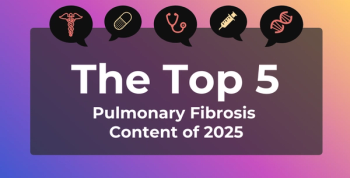
Long-Term Exposure to Pollution Linked to Heart Disease
A new study suggests pollution particles could set into motion events like heart attacks and strokes years before they occur.
A new study has found that young adults exposed to a certain type of pollution particle showed signs of inflammation and blood vessel damage known to be linked to events like heart attacks and strokes in much older people.
The study, published in Circulation Research, suggests that long-term exposure to pollution sets in motion the biological process that causes major cardiovascular events, the lead author
“Blood vessel damage is an underlying characteristic of much cardiovascular disease including coronary artery disease and cerebrovascular disease and can lead to serious, even life threatening acute disease events including heart attacks and strokes,” said C. Arden Pope III, PhD, an economist from Brigham Young University.
“There is substantial epidemiological evidence that long-term exposure to air pollution increases the risk of these events and even of dying of cardiovascular disease,” Pope added.
The study involved blood samples from 3 groups of 24 young, healthy adults, all nonsmokers, which were gathered between December 2014 and April 2015. Researchers exampled samples when particulate pollution was low and high in the area around the university in Provo, Utah. They looked for extremely fine microparticles and for immune cells, which would suggest the body is fighting back against some kind of invader.
When particles known as PM 2.5 were higher, the samples had more dead cells in the blood vessel linings and in the lungs. Tests showed the body’s inflammation response rose. Because the subjects were healthy, the authors concluded that they were not responding to existing disease, but the particles were setting inflammatory responses in motion.
The authors concluded this would explain why pollution would affect not only the lungs, but could contribute to cardiovascular disease as well.
Reference
Pope CA, Bhatnagar A, McCracken J, Abplanalp WT, Conklin DJ, O’Toole TE. Exposure to fine particulate air pollution is associated with endothelial injury and systemic inflammation [published October 25, 2016]. Circl Res
Newsletter
Stay ahead of policy, cost, and value—subscribe to AJMC for expert insights at the intersection of clinical care and health economics.







































